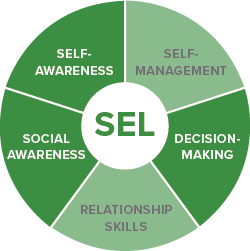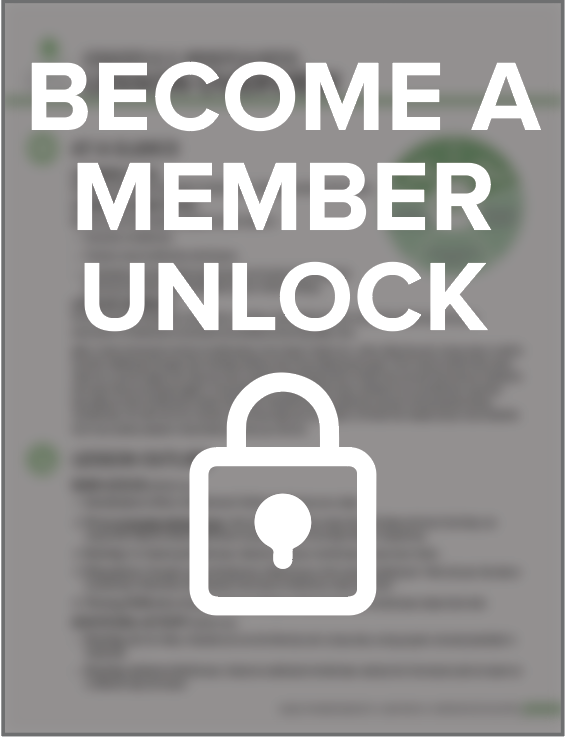Locked Content
Unlock this lesson plan by becoming a paid member. Existing members, please log in.
Students will understand bullying and know how to respond to it.
By the end of the lessons, students will be able to:
- Understand what bullying is
- Determine if a scenario is bullying or conflict
- Know what to do if they see or experience bullying
Bullying is defined as intentional, aggressive behavior that causes someone harm; a pattern of behavior or repeated act that happens over time; and involves an imbalance of power in a relationship. Many schools use a bullying program or curriculum, but this lesson serves as an introduction by defining bullying, distinguishing between bullying and conflict, and teaching what to do when a student sees or experiences bullying.
The lesson starts with a breath technique in which students trace their finger over a triangle while breathing in, holding their breath, and breathing out. You then define bullying, providing four criteria for bullying. In the story, Jumpy is bullied by another animal. Her brother first dismisses it as friendly teasing but then stands up for Jumpy when he realizes it’s bullying. Students then listen to different scenarios read aloud and learn to first question if it’s bullying then, if it is, report it to an adult. The class discusses the difference between conflict and bullying and ends by reflecting in their journals through a drawing prompt.
As always, the Munchy and Jumpy story is the anchor for this lesson and read alouds work great online!
For the What To Do In the Face of Bullying activity, read each option out loud slowly and a couple of times while also showing the corresponding slides. Then go through each question and have students give a thumbs up or a thumbs down on their screen to answer the yes or no questions.
For the What To Do In the Face of Bullying activity, read each option out loud slowly and a couple times while also showing the corresponding slides. Then go through each question by reading them outloud and pausing after you read each to give students a chance to think and answer out loud. Make sure to also answer the questions out loud so students hear the answers.
CASEL Competencies
Self-awareness: The abilities to understand one’s own emotions, thoughts, and values and how they influence behavior across contexts. This includes capacities to recognize one’s strengths and limitations with a well-grounded sense of confidence and purpose.
Responsible decision-making: The abilities to make caring and constructive choices about personal behavior and social interactions across diverse situations. This includes the capacities to consider ethical standards and safety concerns, and to evaluate the benefits and consequences of various actions for personal, social, and collective well-being.
Social awareness: The abilities to understand the perspectives of and empathize with others, including those from diverse backgrounds, cultures, & contexts. This includes the capacities to feel compassion for others, understand broader historical and social norms for behavior in different settings, and recognize family, school, and community resources and supports.


